The advance hints at the possibility of portable muon-making devices that could help peer through solid materials for hidden contraband.
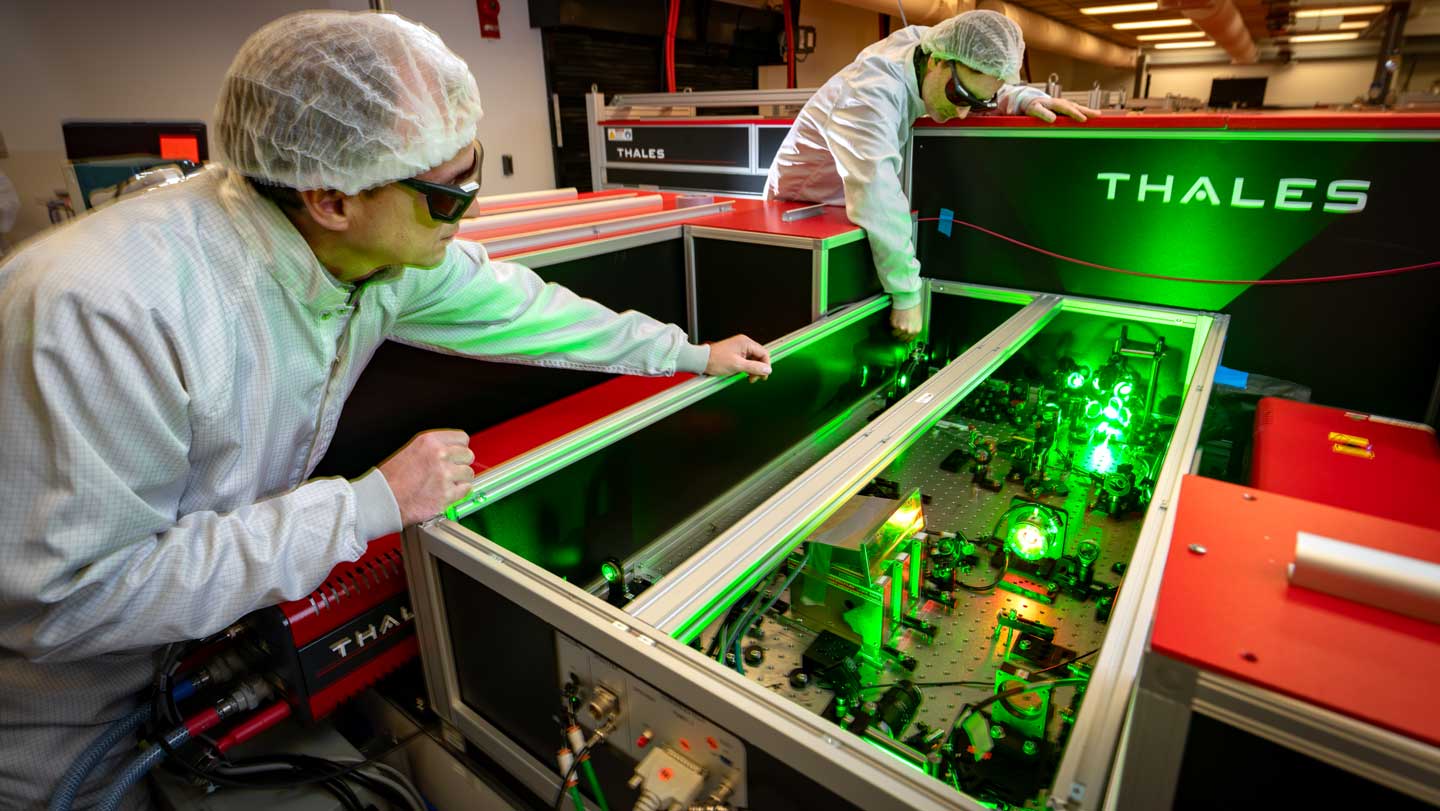

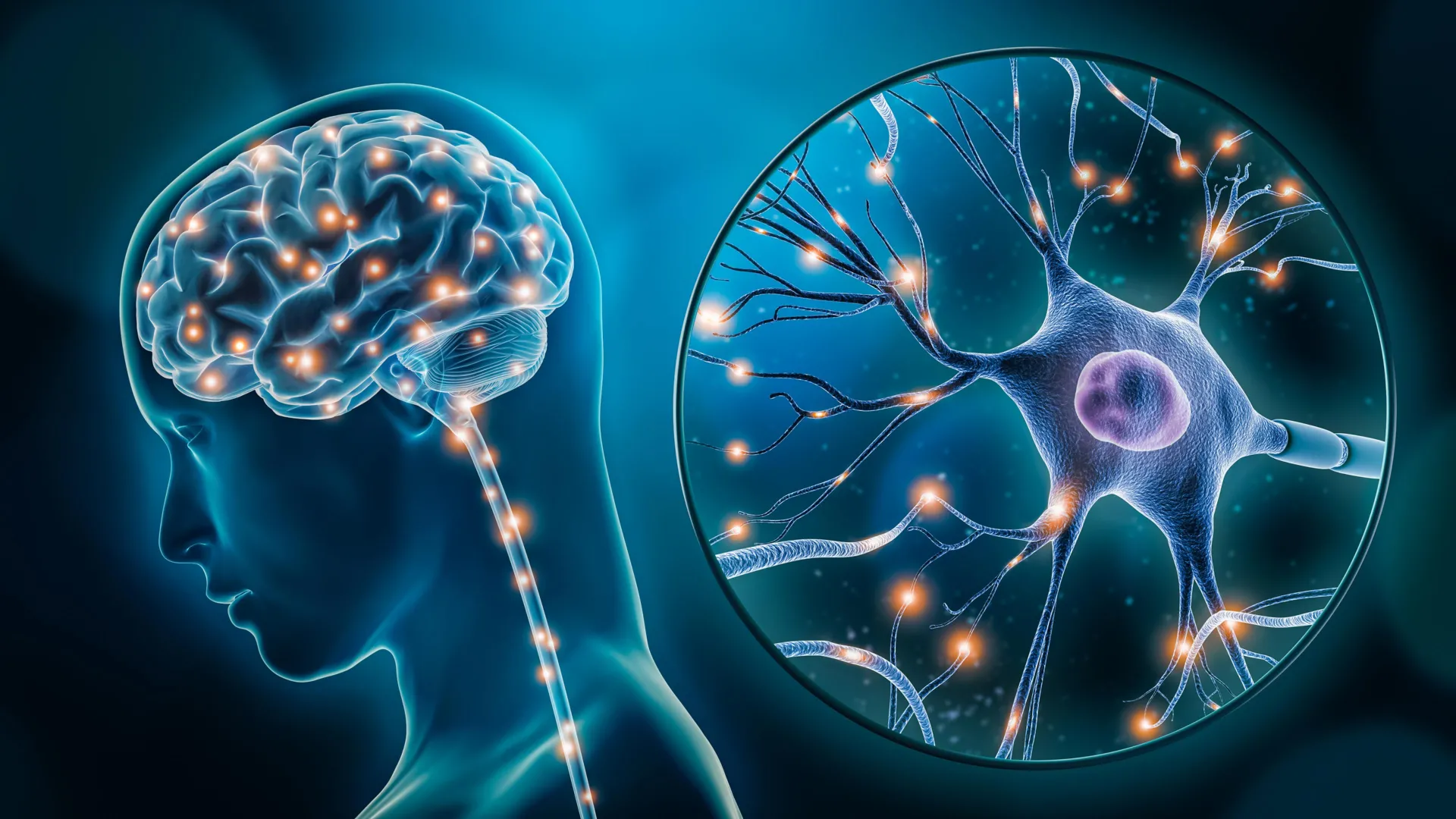
Scientists identified two types of brain cells, neurons and microglia, that are altered in people with depression. Through genomic mapping of post-mortem brain tissue, they found major differences in gene activity affecting mood and inflammation. The findings reinforce that depression has a clear biological foundation and open new doors for treatment development.
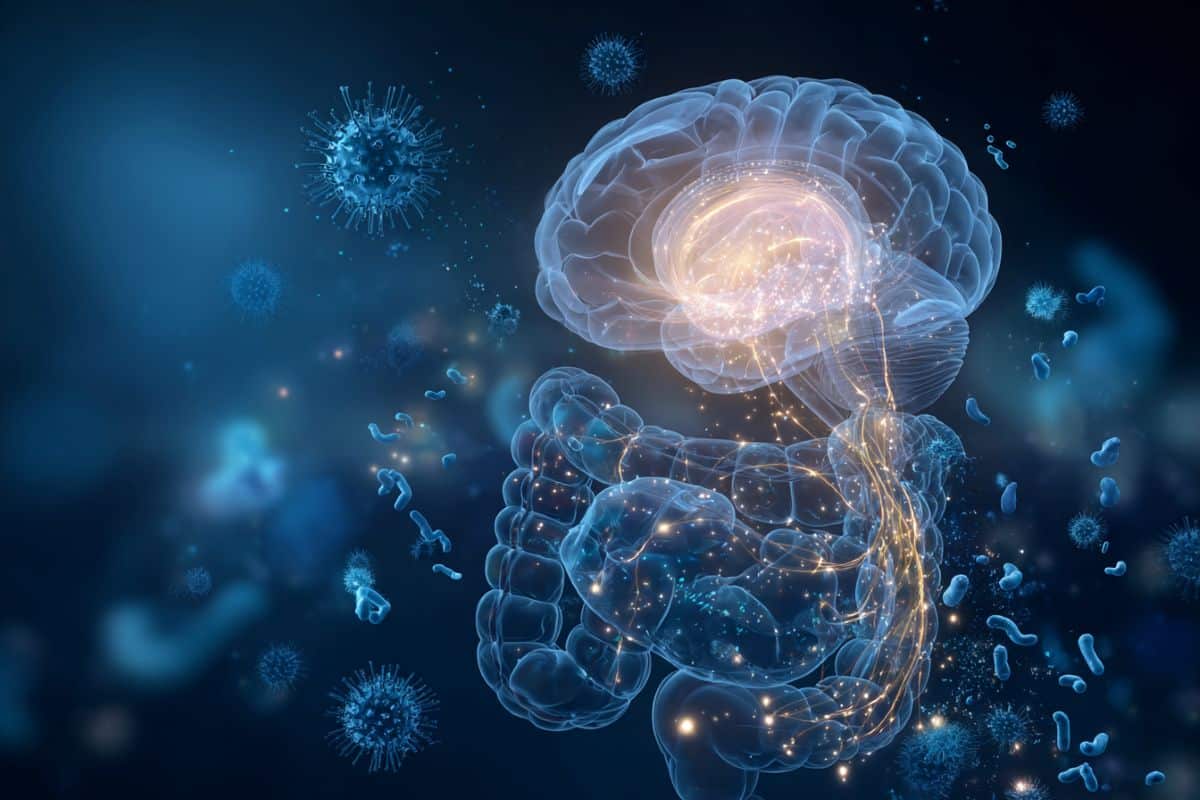
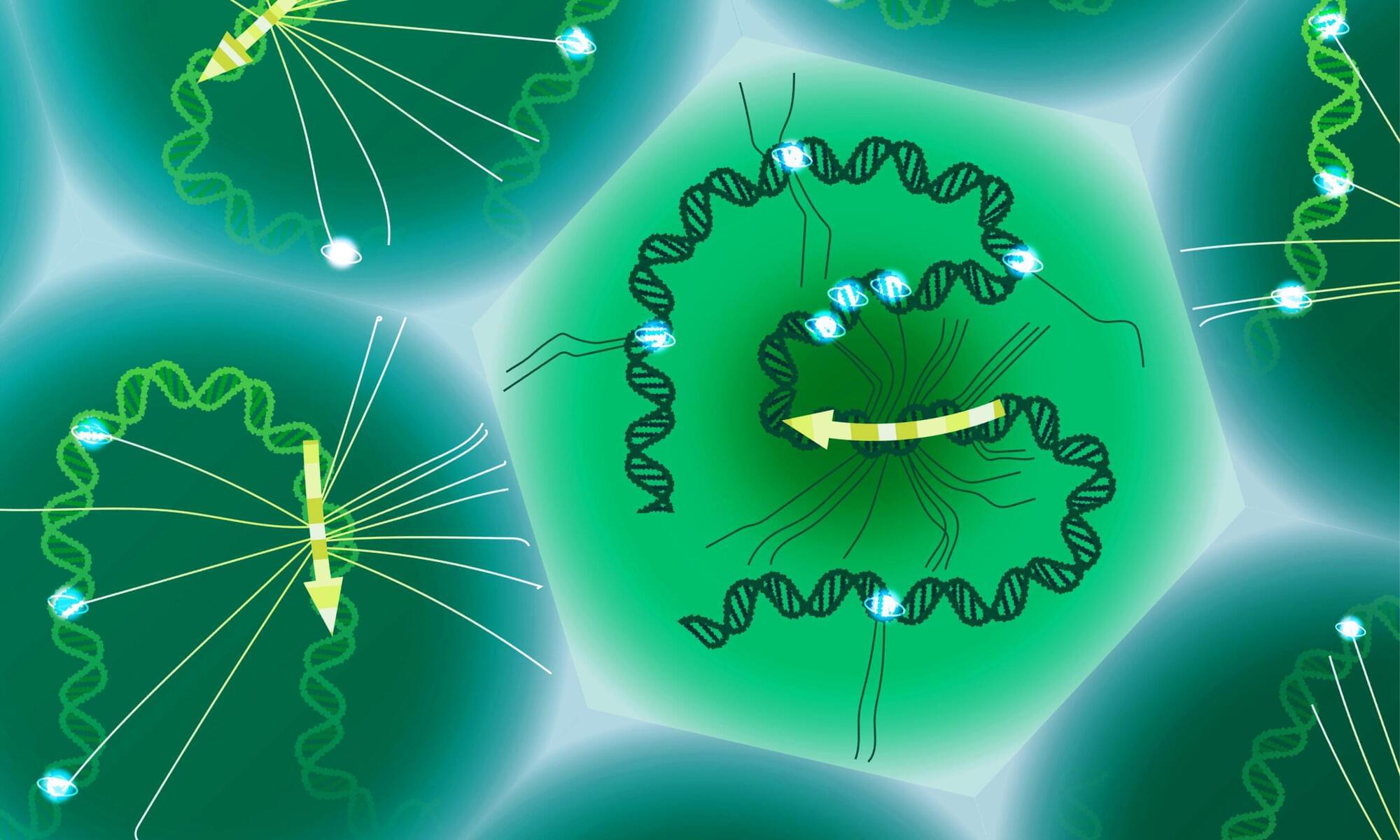
Scientists have long suspected connections between heredity and disease, dating back to Hippocrates, who observed certain diseases “ran in families.” However, through the years, scientists have kept getting better at finding ways to also understand the source of those genetic links in the human genome.
EMBL scientists and collaborators have now developed a tool that goes beyond current single-cell technology by capturing genomic variations and RNA together in the same cell, increasing precision and scalability compared to previous technologies. Able to determine variations in non-coding regions of the genome, this tool transforms how scientists can study the parts of DNA where variations linked to disease are most likely to occur. This single-cell tool, with its high precision and throughput, represents an important advance in drawing correlations between genetic variants and disease.
“This has been a long-standing problem, as current single-cell methods to study DNA and RNA in the same cell have had limited throughput, lacked sensitivity, and are complicated,” said Dominik Lindenhofer, the lead author on a new paper about SDR-Seq published in Nature Methods and a postdoctoral fellow in EMBL’s Steinmetz Group.
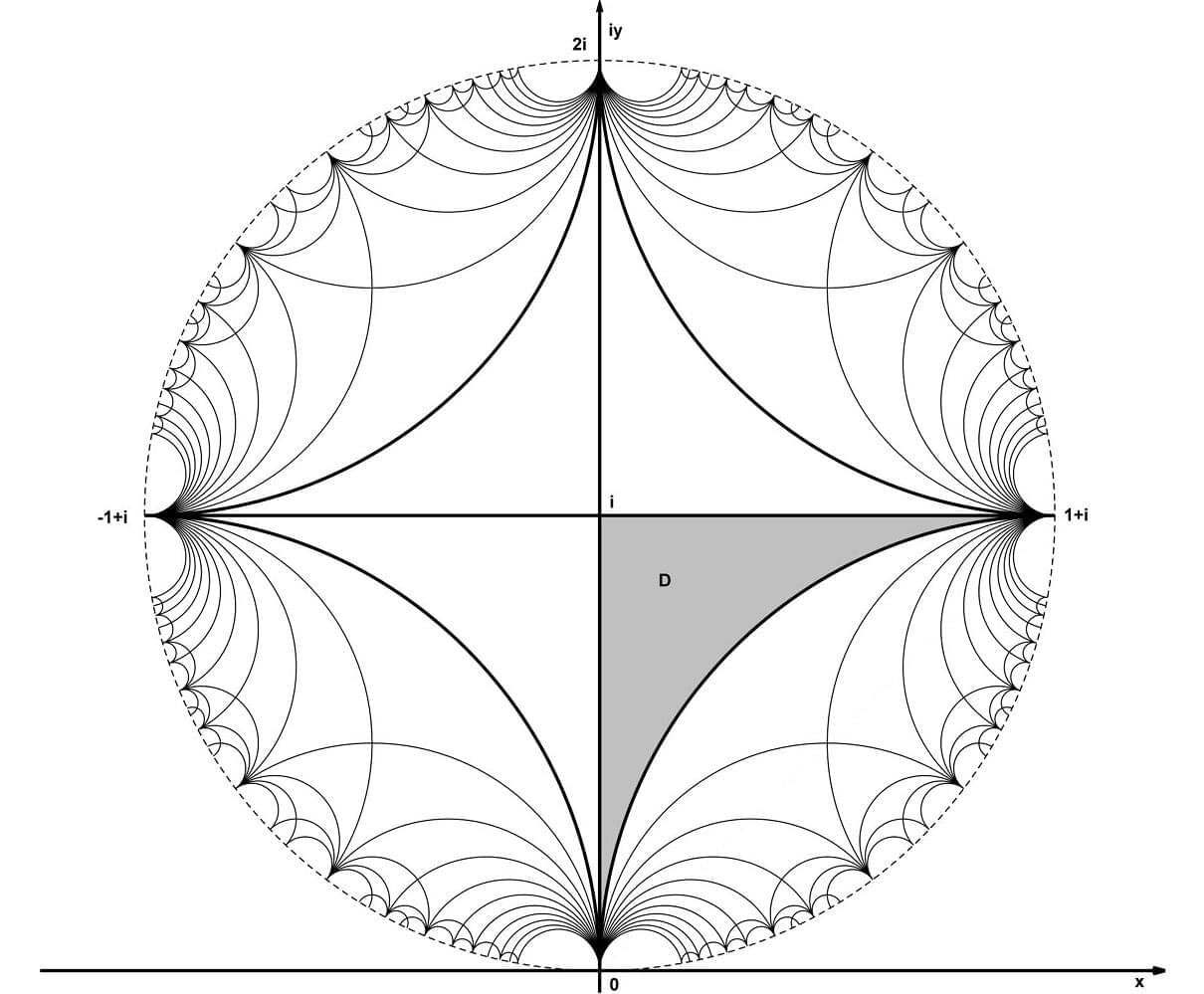
In a recent study, mathematicians from Freie Universität Berlin have demonstrated that planar tiling, or tessellation, is much more than a way to create a pretty pattern. Consisting of a surface covered by one or more geometric shapes with no gaps and no overlaps, tessellations can also be used as a precise tool for solving complex mathematical problems.
This is one of the key findings of the study, “Beauty in/of Mathematics: Tessellations and Their Formulas,” authored by Heinrich Begehr and Dajiang Wang and recently published in the scientific journal Applicable Analysis. The study combines results from the field of complex analysis, the theory of partial differential equations, and geometric function theory.
A central focus of the study is the “parqueting-reflection principle.” This refers to the use of repeated reflections of geometric shapes across their edges to tile a plane, resulting in highly symmetrical patterns. Aesthetic examples of planar tessellations can be seen in the work of M.C. Escher. Beyond its visual appeal, the principle has applications in mathematical analysis—for example, as a basis for solving classic boundary value problems such as the Dirichlet problem or the Neumann problem.

Scientists at Monash University have created a tiny fluid-based chip that behaves like neural pathways of the brain, potentially opening the door to a new generation of computers.
Roughly the size of a coin, the chip was built from a specially designed metal-organic framework (MOF), and channels ions through tiny pathways, mimicking the on/off switching of electronic transistors in computers.
But unlike conventional computer chips, it can also “remember” previous signals, mimicking the plasticity of neurons in the brain.

A consortium of German researchers has successfully transmitted individual photons from a moving aircraft, captured them in a mobile ground station, and verified their quantum states.
The experiment, a key part of Germany’s QuNET initiative, marks a critical step towards building a global, tap-proof quantum communication network.
The research team successfully measured various quantum channels between the aircraft and the ground, sent the light particles to a sophisticated ion trap, and tested technologies vital for quantum key distribution (QKD).


New research confirms that ADHD (Attention Deficit Hyperactivity Disorder) can be linked to increased creativity and suggests that this creativity is associated with a greater tendency to let your mind wander. This first study to explain the link between ADHD and creativity is presented at the ECNP Congress in Amsterdam.
Lead researcher Han Fang (from the Radboud University Medical Center, the Netherlands) said, “Previous research pointed to mind-wandering as a possible factor linking ADHD and creativity, but until now no study has directly examined this connection. We conducted two studies, utilizing two different groups of ADHD patients and healthy controls, one from a European group curated by the ECNP, and a second study from a UK group. In total, there were 750 participants. Separately analyzing results from two independent groups means that we can have greater confidence in the results.”
The researchers examined the correlations between ADHD characteristics, creativity, and functional impairments and the role of mind-wandering in those links. Both patient groups showed classic ADHD characteristics, such as lack of attention, impulsivity, and the tendency to let one’s mind wander away from the subject in hand. Both studies showed that more ADHD symptoms were correlated with more mind-wandering.
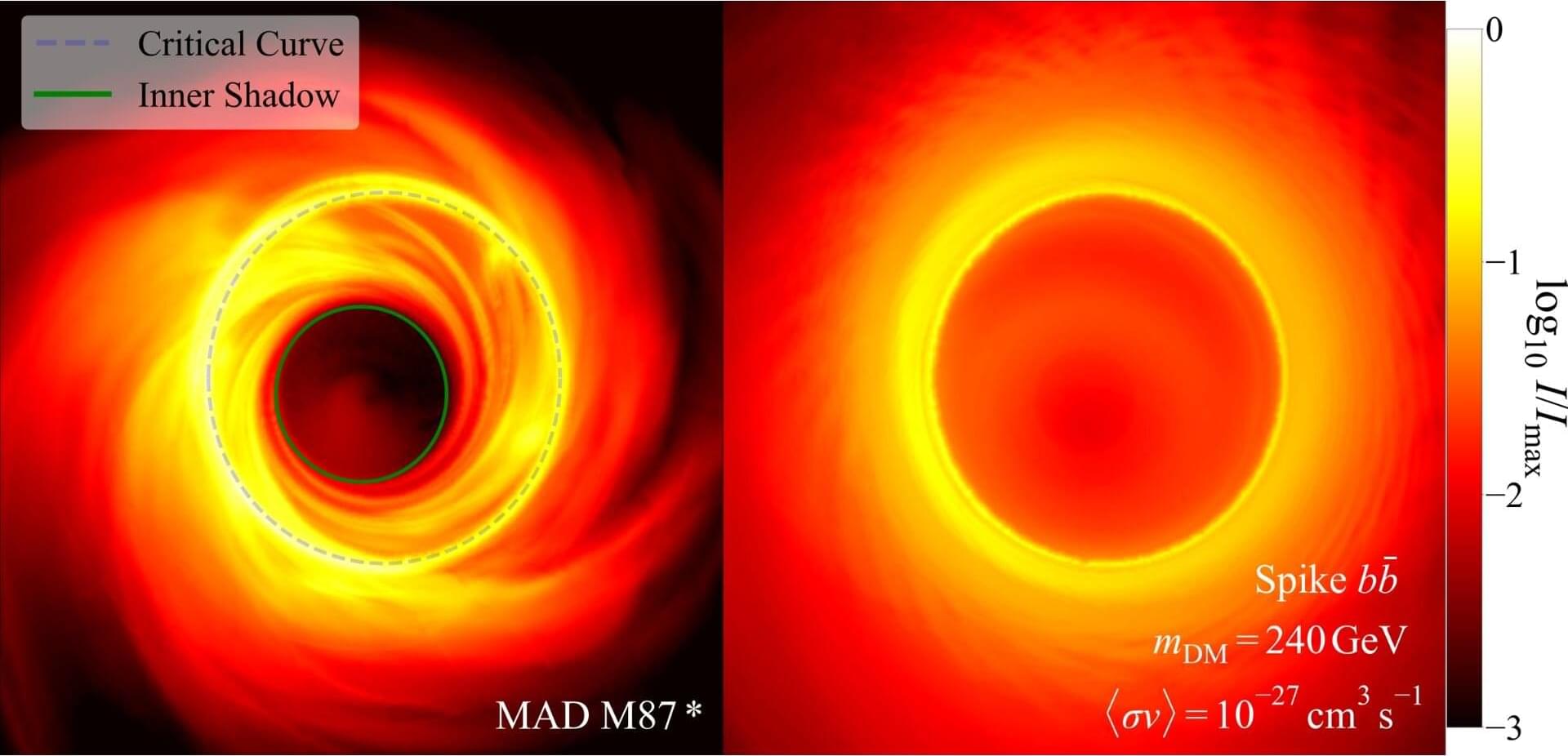
According to a new Physical Review Letters study, black holes could help solve the dark matter mystery. The shadowy regions in black hole images captured by the Event Horizon Telescope can act as ultra-sensitive detectors for the invisible material that makes up most of the universe’s matter.
Dark matter makes up roughly 85% of the universe’s matter, but scientists still don’t know what it actually is. While researchers have proposed countless ways to detect it, this study introduces black hole imaging as a fresh detection method—one that comes with some distinct benefits.
The Event Horizon Telescope’s stunning images of supermassive black holes have revealed more than just the geometry of spacetime; they’ve opened an unexpected window into the search for dark matter.